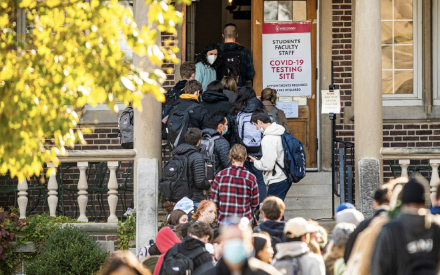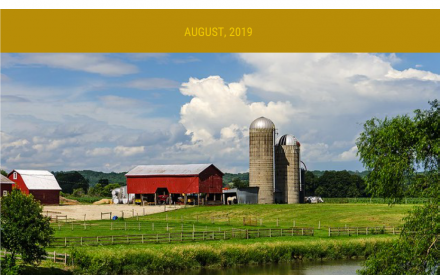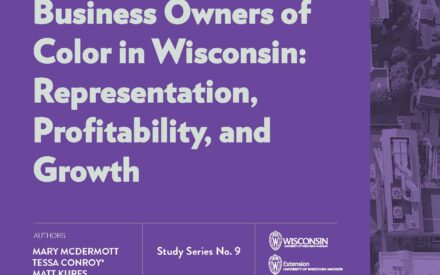EXECUTIVE SUMMARY
May 2022 — Innovation moves the economy forward. Innovations are new products, processes, or services that create value for customers. Innovations often signal an improvement over a past model or way of doing things. Innovations can be significant, disrupting the status quo. Many innovations, however, are modest, offering small increases in quality of life or slight value enhancements to consumers. Innovations come from a wide range of settings from large multi-national corporations that invest heavily in research and development to an individual who develops a new idea in their home. As private industry leads research and development in the U.S. (Deller and Conroy 2017a, 2017b; Conroy and Deller 2017), small and large firms are key to developing new knowledge that leads to advances in technology and new goods and services on the market.
New ideas, however, also occur outside of existing businesses as individuals identify needs, solve problems, and experiment. The image of Steve Wozniak tinkering with computers in his garage and Steve Jobs bringing what became the first Apple computer to market comes to mind. Innovation can happen anywhere. While urban areas benefit from dense industry and a versatile labor market that can lead to an innovative environment, rural areas too have unique assets that can lead to innovation. Having clusters of farms with complementary agricultural industries, natural amenities, or a concentration of highly skilled workers can all lead to innovation in rural communities. Many rural areas enjoy a rich quality of life and proximity to urban amenities that attracts talented individuals. Rural areas are also rich with manufacturing and, as discussed below, many manufacturers invest significantly in research and development which can lead to innovation.










 What's Next in Wisconsin Broadband, December 2025
What's Next in Wisconsin Broadband, December 2025


